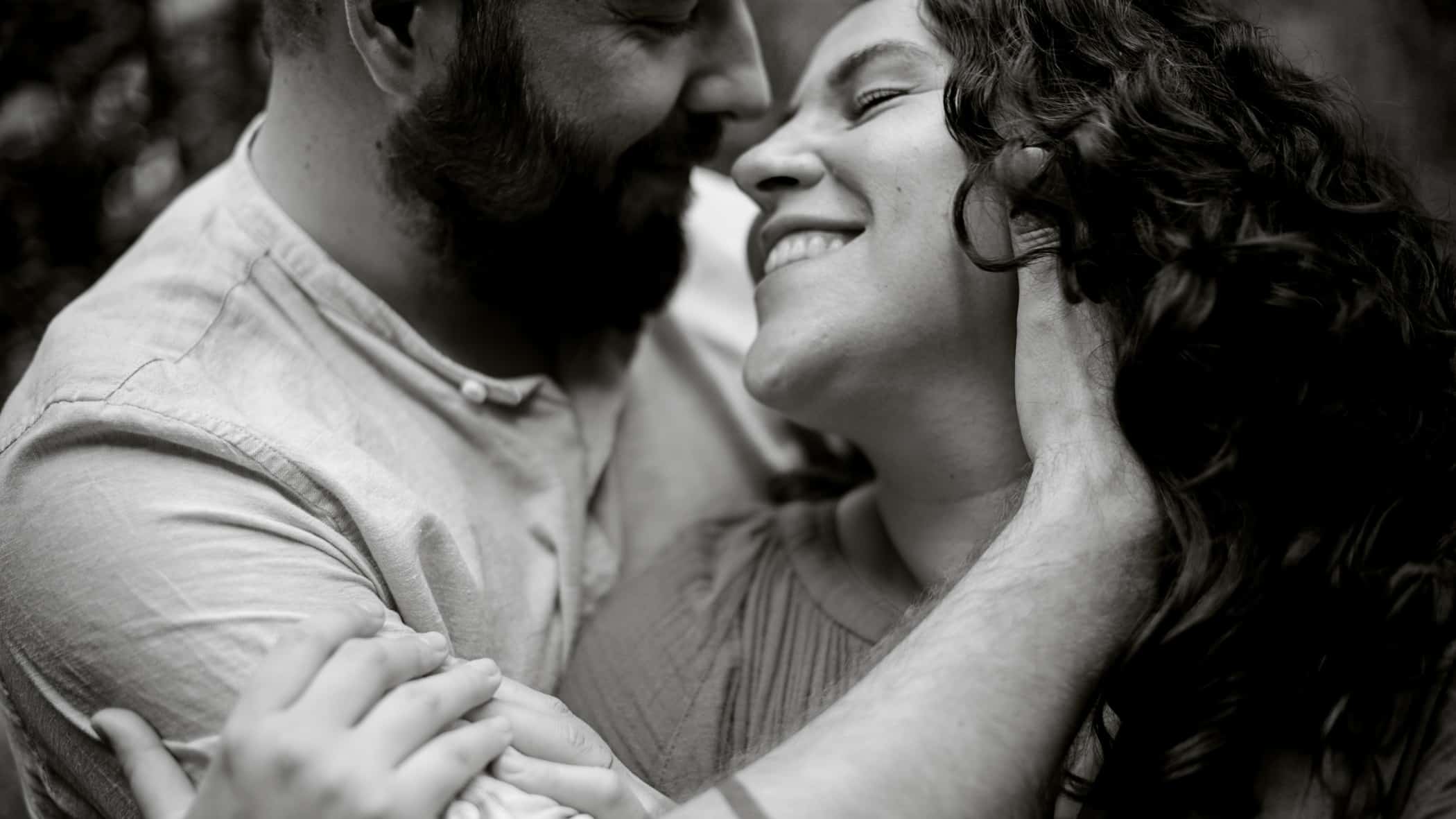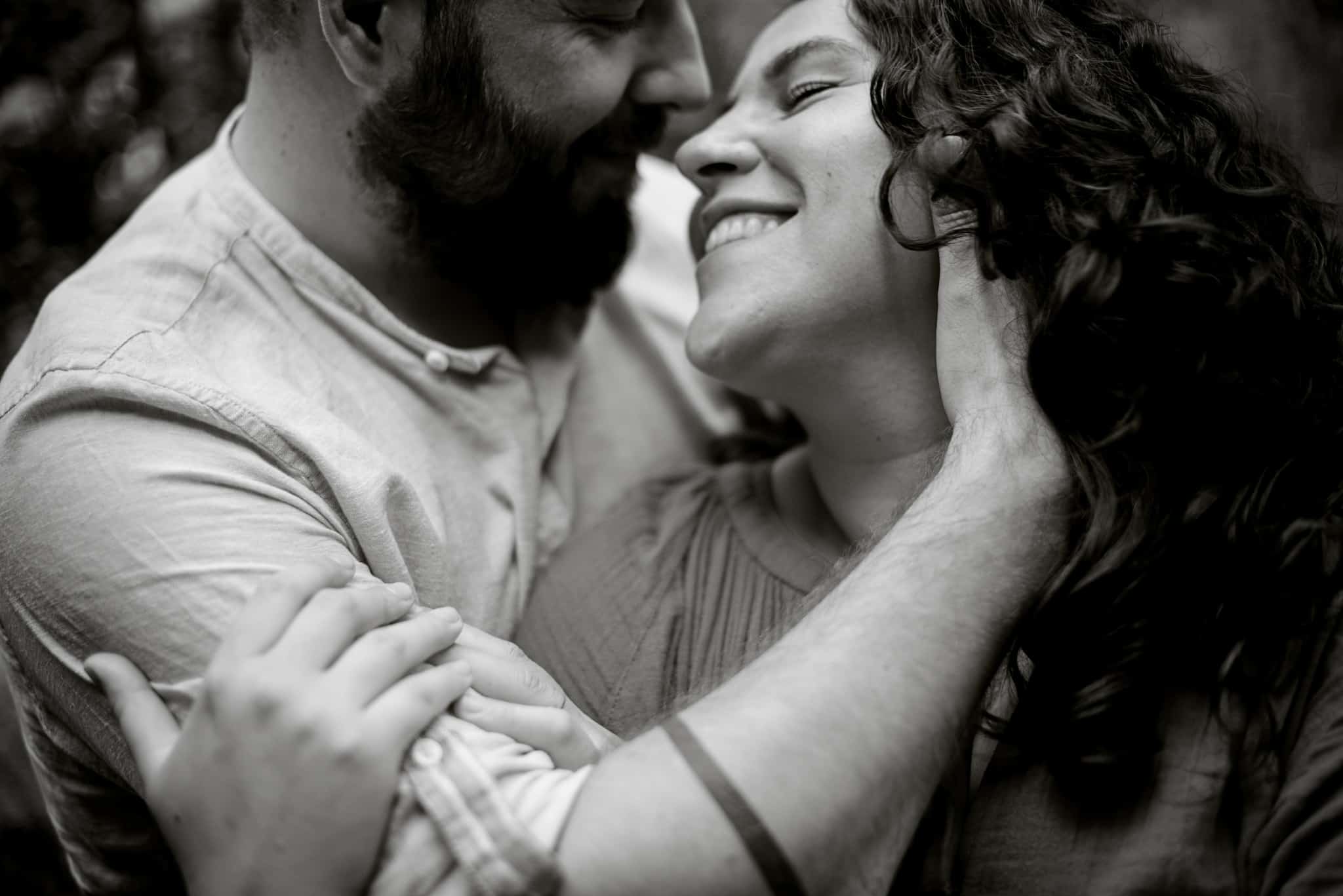The Rules of Photography: Are They Made to Be Broken?

Some people believe that rules are meant to be followed. This simple approach may work for some, but not for others. Every photographer is unique and creates art that doesn’t always adhere to the rules. For this reason, there are no right or wrong answers. There are times when rules are made to be broken. An individual approach and an open mind are key elements that will move your photography forward.
I am not here to undermine the importance of rules when it comes to photography. It’s certainly important to know and understand them before you start thinking about breaking them. Still, there’s nothing wrong with simply ignoring the rules from time to time. “Right” and “wrong” mean something different to everyone.
When and why it’s OK to break the rules
This article is not intended to be an overview of do’s and don’ts. It should open your mind to new ideas and create a space for reflection. We all do a lot of things wrong, myself included. But because I realize this, I can do things wrong intentionally. When it comes to the rules of photography, if I know that I am doing something wrong that makes it okay.

Nikon D750, Nikon 50mm f/1.4 AF-S NIKKOR G, 1/3200s, f/1.8, ISO 200, focal length 50mm.
Some general observations:
- Rules can be broken when you know the rules. You can’t break the rules simply because you don’t know them. In this case, you are just wrong.
- Rules are not set in stone. Yes, rules exist, but their interpretation varies greatly. There is not one, almighty god of photography who has established the rules. It’s up to us how they are interpreted and how much we abide by them.
- There are no right and wrong answers. You can shoot according to the rules and always stick to them 100%. You can also ignore the rules. Or, you may fall somewhere in between. In the end it is up to you, because whoever tells you that something is wrong is merely sharing an opinion.
- It is still very important to understand why the rules exist, learn as many as possible, and then be the judge of whether or not they can be broken. There’s a difference between breaking the rules due to being sloppy and understanding what you’re doing and bending the rules to fit your artistic vision.
Specific rules and how to get around them
One of the biggest struggles I encounter is: to sharpen or leave unsharp? Relatively often, you may capture a great moment, but your camera doesn’t focus properly. Is it still a good photo? That’s for you to decide! Yes, even though a photo is bad, technically speaking, you can still like a photo that isn’t sharp. It may even be perfect in your eyes even though it’s “bad,” technically speaking.
Often these photos are of moments that cannot be recreated – special events, weddings, and so on. Definitely leave these photos unsharp and don’t try to force sharpening in post processing. You’re almost sure to ruin it.
Accept that it’s unsharp and know that even world-renowned photographers have taken plenty of great, yet unsharp photographs.

Nikon D750, Nikon 50mm f/1.4 AF-S NIKKOR G, 1/320s, f/2.2, ISO 200, focal length 50mm.
A similar situation is cut-off body parts. Sometimes we find ourselves too close to our subjects with a lens that is too long. But, there are simply moments that can’t be repeated. The model may happen to have an expression that they cannot reproduce. A couple may share a beautiful kiss that cannot be recreated. And if part of them is missing, there’s nothing you can do and you must accept that it is what it is. Again it’s up to you to consider whether the photo is better than the error and whether it’s something you can get over. You’re going to struggle with norms you’ve set for yourself based on how well they work for you.

Nikon D750, Nikon 50mm f/1.4 AF-S NIKKOR G, 1/100s, f/1.8, ISO 320, focal length 50mm.
Composition is a similar case – do we always have to follow the rules or is it worth doing things differently once in a while? If you feel during the shoot that something unconventional may work, then go for it. Then, shoot it again with proper composition so that you can later compare both photos and choose the better version.
What about the direction your subject is looking in? They should be looking in the direction of the camera, but sometimes it doesn’t work this way. And it isn’t always bad! Try directing your subjects to look in a different direction on purpose.
Lastly, we’ll look at ISO and graininess in general. Adding grain to photos is in style. Still, it’s often something photographers, as well as clients and subjects, don’t like. And then again, sometimes it has great added value. We may find ourselves in a situation where we are left with no other choice and the lighting conditions don’t allow you to lower the ISO.
Graininess is commonplace in film photography. It’s considered vintage and doesn’t have to be bad. However, if you don’t like grainy photos, don’t use an ISO above 500, reduce noise in Zoner Studio and don’t worry too much about keeping up with trends. With today’s modern equipment, noise is something that is easily avoidable.

Nikon D750, Nikkor 105mm Ai-S f/2.5, 1/125s, f/2.8 (approx.), ISO 640, focal length 105mm.
I remember a time when I hated film grain. I was afraid to increase ISO above 360 and I smoothed out my photos to the point that my subjects looked like wax figures. Today, I still have photos where noise has no place but there are other times when I’m not afraid to use a very high ISO and I end up liking the results.
Beautiful photo or beautiful model?
This is a perpetual problem. What if I have a photo that is technically bad, but the model looks great in it? Or what if I have a photo that is perfect technically speaking, but the model isn’t happy with how they look? Here you must decide what kind of photographer you are.
Are you someone that photographs with your head? Do you care about technical execution, composition, lighting, technique, and a perfectly aligned horizon? Or do you photograph with the heart? Do you want everything to be beautiful and have everyone look and feel good?
Photography of the heart and photography of the head are two different approaches that often meet and crossover. When it comes down to it, we are one or the other. Even when (like me) you shoot with your heart, you can still respect the technical aspects and follow the rules. If you shoot with your head, you still certainly appreciate the model’s beauty and understand the psychological aspect of the shoot. It is not all black and white, but it is a good idea to know which side dominates.
Photographers of the heart have no trouble breaking the rules, but sometimes they do go too far. And those that use their head may end up with a model that is self-conscious or unhappy. These photographers pay too much attention to the photograph itself and not the person standing before them. And we’re back to there being no absolute rights or wrongs. Just be careful not to go to extremes, be aware of what you want to shoot, how you want to shoot, and how far you are willing to stray from the rules for the sake of your artistic vision.
Try experimenting with breaking a rule here and there just to see what it’s like. Free yourself from other people’s opinions. Take a picture of something just for you, and if you like it, keep it.
In closing
In the end it’s all about not being afraid to try things that are different and new. Don’t let yourself be bound by the rules and don’t be afraid to break them once in a while. However, do learn the rules properly and respect them. The rules always need to be somewhere in the back of your head. You should know when you are breaking them. Don’t let your critics discourage you. It is your work and what makes you happy. Take pictures that make you feel good and make you enjoy your photography. The challenge is shooting in a way that makes both you and your model happy. And don’t worry, you will meet this challenge.